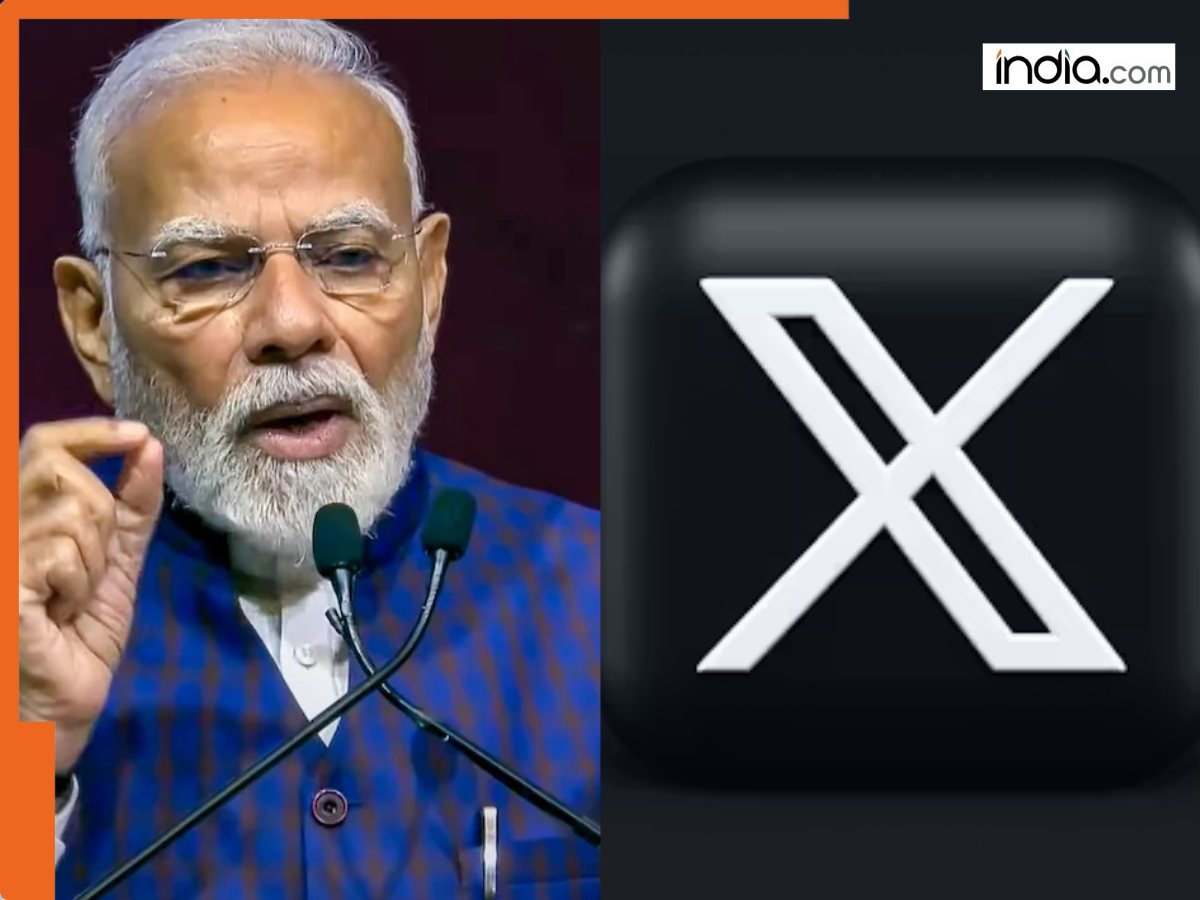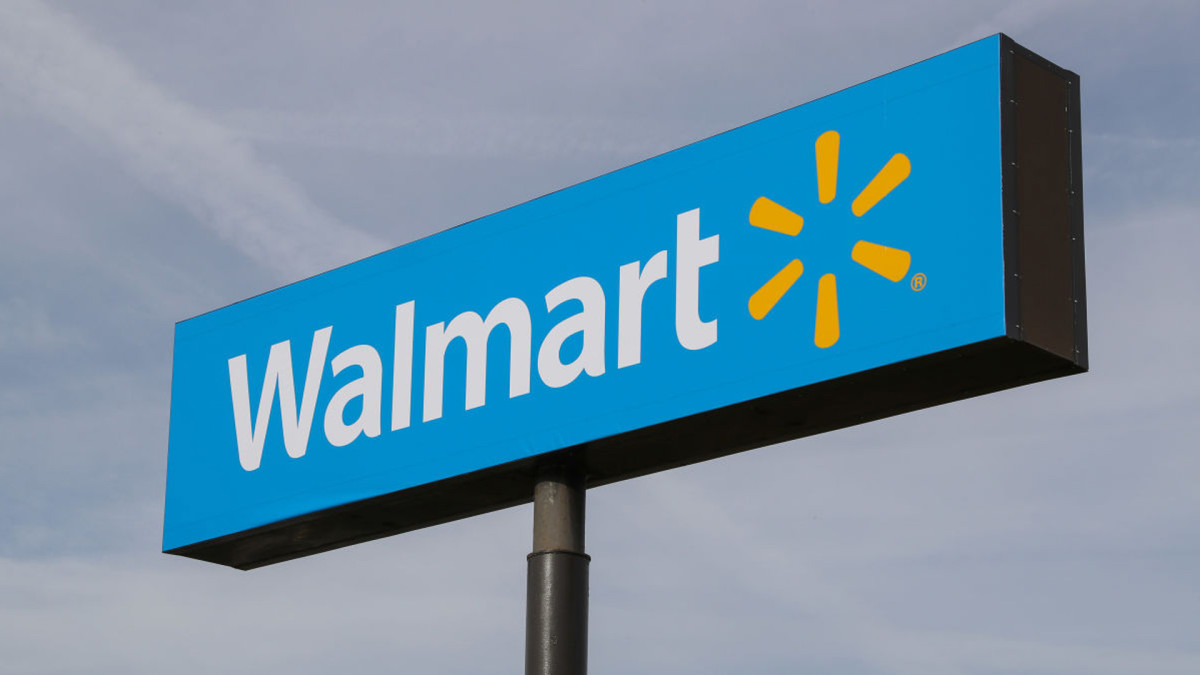Real World Assets and Private Credit on... the Blockchain? An Interview With Market Newcomer Figure Technologies
Despite the promise of "blockchain" and distributed ledger technology, many of the most compelling offerings of the oft-praised technology have proven to be internet money (like Bitcoin), speculative trading behavior, and memecoins. Still, for those who think of more than "crypto" or "bitcoin" when ...

Despite the promise of "blockchain" and distributed ledger technology, many of the most compelling offerings of the oft-praised technology have proven to be internet money (like Bitcoin), speculative trading behavior, and memecoins.
Still, for those who think of more than "crypto" or "bitcoin" when they hear the word "blockchain", a killer use case for decentralized technology isn't a matter of if, it's a matter of when. Some could even argue that the most compelling offerings are already here.
That's why investors perked up when a lesser-known "blockchain lender" specializing in home equity lines of credit (HELOC) loans tested the U.S. stock market in September. Figure Technologies fetched a $7.6 billion valuation in its opening trade, raising nearly a billion dollars. Weeks after the open, TheStreet sat down with CEO Mike Tannenbaum and CFO Macrina Kgil to better understand the opportunity.
But aside from its blockchain association, the nearly decade-old firm's use isn't just for aesthetics, buzzwords, or "blockchain for blockchain's sake" in Tannenbaum's words. Instead, Figure's management uses the technology to differentiate itself in the crowded home lending market.
"Figure as a concept is focused on the future of capital markets using blockchain technology," said Chief Executive Officer Michael Tannenbaum, who says the idea was born out of SoFi Technologies, where he served as Chief Revenue Officer, under Figure founder Mike Cagney. "We, at the time, identified the opportunity to use blockchain to improve the way that loans travel through the capital markets and increase the efficiency and way they're funded, traded, and originated."
That might sound complex, but many borrowers never see these layers of complexity. They simply go to Figure's website -- or one of its B2B partners that originate through Figure such as Guaranteed Rate, Houzz, or Credit Karma -- and apply for a HELOC to take equity out of their home.
This process is nothing new: millions of Americans have relied on HELOCs to pay for home improvements, consolidate debt, or pay for other expenses. But what makes Figure unique is what's happening under the hood. Funding the loans is capital on chain, plus blockchain technology which is accelerating the speed and alleviating the cost with which they can originate.
"We can do a mortgage for about $1,000, versus the industry average of $12,000," Tannenbaum said. "And we can do it in about five days, versus the industry average of 45."
The speed and savings has helped the company do over $17 billion worth of loan volume through its platform, generating 40% EBITDA margins and reaching both GAAP and EBITDA profitability in 2025, per Tannenbaum.
However, the other side of Figure's business -- the market -- wouldn't work as well if not for their prime, affluent client base.
"We work with folks who are more mass affluent, with an average income of $185,000," Figure Chief Financial Officer Macrina Kgil said, adding that a HELOC issued by Figure is generally between $95,000 and $100,000. "After the loan is made, the LTV is about 65%, so we are in a category that is different from other personal lenders, which might be in a lower type of FICO score band."
How Does the Blockchain Stuff Work?
The company's proprietary Provenance ledger offers investors the ability to fund and trade originated loans on-chain through two services: Figure Connect, which works as a sort of "private credit" marketplace for institutions, as well as Democratized Prime, a decentralized finance-like product.
The former is interesting because it allows individual investors, banks, or institutions to fund and trade the loans on chain using stable coins, earning an attractive yield in the process. Basically, collateral-backed borrowing for real world assets.
"We are just creating the marketplace for individuals or companies to be able to come in and receive short-term funding for HELOCs," Kgil adds. "It's very powerful in the way that we have created all the different pieces for decentralized finance."
But How?
There is an understandable mistrust that comes with crypto. So when you're talking about bridging real world assets into blockchain world, there might be understandable skepticism. To that, Figure has created a few solutions in mortgage land.
"When the loan is originated, we hash the attributes on the blockchain and those attributes are visible to any person who buys the loan," Tannenbaum said. "As a result, we have an 80% reduction in quality control costs in the capital markets and in the secondary markets for the loans."
In addition, the company boasts digital asset registry technology (DART), which records the lien or ownership of the loan with the county and then listens to the blockchain as the loan moves through the capital markets, without any manual work. Tannenbaum adds that this confirms who owns the loan, providing "understanding of ownership that has been an issue in the mortgage space in the past."
"All of our loans are originated through the blockchain and then passed on to the capital markets at the end of the day," Kgil says.
Now and Later
Part of the appeal in Figure might be the subtlety with which it has taken an, "Out of sight, out of mind," approach to blockchain. If a borrower doesn't have any interest in that sort of thing, they won't see it.
However, Figure has begun offering crypto-backed loans, pushing into a business long-dominated by crypto exchanges and alternative financers. Many of those users seeking out Figure also get access to borrow against their digital assets, buy into the company's own yield-bearing stablecoin, YLDS, and exchange assets or buy into lending opportunities on Democratize Prime.
In the future, the company hopes to use its agile model to accelerate lending in a wider array of businesses.
"It's a huge [total addressable] market when you think about all the private credit which we see as addressable," Tannenbaum said, brushing on expansion opportunities in the small and medium-sized businesses. "We have ambitions to address not just private credit, but all asset classes when you think about the future of capital markets on blockchain."
What's Your Reaction?




















































